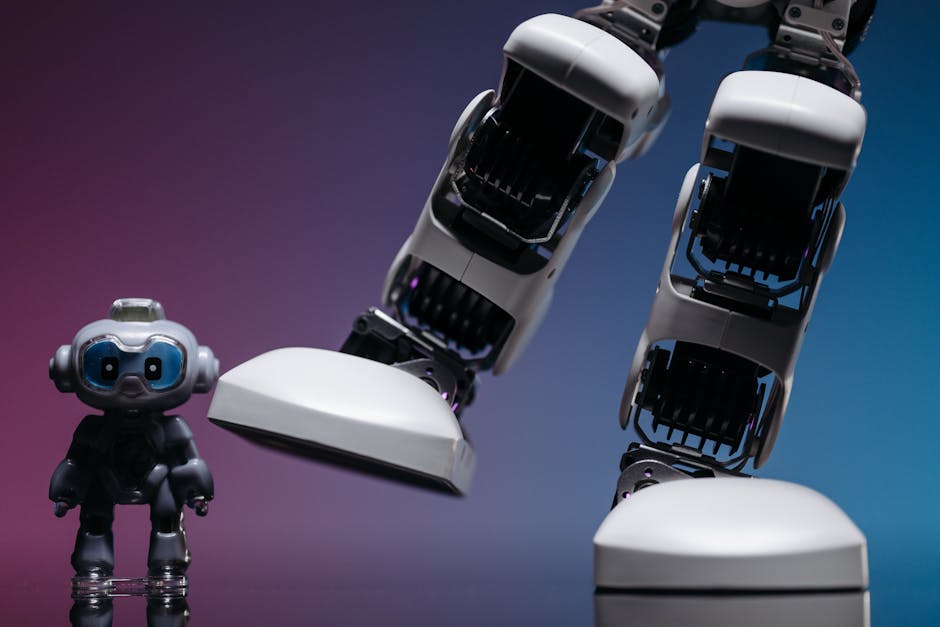AI Chatbots Face Growing Challenges in 2025: “Hallucinations,” Bias, and Regulatory Scrutiny
The rapid advancement of artificial intelligence (AI) chatbots in 2025 has brought unprecedented capabilities, but also significant challenges. Concerns surrounding “hallucinations,” inherent biases, and the escalating regulatory landscape threaten to curb the technology’s growth and impact its widespread adoption. This year’s developments highlight the urgent need for robust safeguards and ethical considerations in AI development.
The Problem of “Hallucinations” in AI Chatbots
One of the most pressing issues facing AI chatbot developers in 2025 is the phenomenon of “hallucinations.” These instances occur when the chatbot generates incorrect or nonsensical information, presenting it as fact. This can range from minor inaccuracies to completely fabricated details, undermining the chatbot’s credibility and potentially disseminating misinformation. The unpredictable nature of these hallucinations poses a significant obstacle to widespread trust and acceptance.
Addressing the Root Causes of Hallucinations
Researchers are actively exploring methods to mitigate chatbot hallucinations. This involves refining training data, improving model architecture, and implementing stronger fact-checking mechanisms. However, the complex nature of language and the inherent limitations of current AI models make a complete solution elusive. The ongoing challenge lies in balancing creativity and accuracy, a delicate act that requires continuous refinement.
Bias and Ethical Considerations in AI Chatbot Development
Another critical challenge is the presence of biases within AI chatbots. These biases, often stemming from the data used to train the models, can lead to discriminatory or unfair outputs. Concerns are growing regarding the potential for chatbots to perpetuate and amplify existing societal biases, particularly in sensitive areas like recruitment, loan applications, and even criminal justice. The need for transparency and accountability in AI development is paramount.
Mitigating Bias in AI Chatbot Training Data
Efforts to address bias in AI chatbots are focusing on several key areas. These include carefully curating training datasets to ensure diversity and representation, developing algorithms designed to detect and mitigate bias, and employing human oversight to review and correct problematic outputs. However, the subtle and pervasive nature of bias makes this a complex and ongoing endeavor.
The Evolving Regulatory Landscape for AI Chatbots
The rapid proliferation of AI chatbots in 2025 has prompted governments worldwide to consider regulatory frameworks to address safety and ethical concerns. The absence of standardized regulations creates uncertainty for developers and users alike, hindering innovation while also potentially allowing harmful applications to flourish. Harmonization of international standards is crucial to ensure responsible development and deployment.
Key Regulatory Developments in 2025
- The European Union is finalizing its AI Act, setting stringent requirements for high-risk AI systems, including chatbots.
- The United States is exploring various regulatory approaches, focusing on transparency, accountability, and consumer protection.
- China is tightening its grip on AI development, prioritizing national security and societal stability.
- Several other nations are actively developing their own national-level regulatory frameworks.
These diverse and evolving regulatory landscapes emphasize the international nature of the AI challenge and the urgent need for collaboration among nations.
The Impact of Hallucinations, Bias, and Regulation on the Future of AI Chatbots
The combined effects of hallucinations, bias, and regulatory scrutiny are shaping the future trajectory of AI chatbots in 2025. While the potential benefits remain vast, the challenges are significant and cannot be ignored. Failure to adequately address these issues could lead to decreased public trust, slowed innovation, and potentially even the derailment of a transformative technology.
Navigating the Path Forward for AI Chatbot Development
Navigating this complex landscape requires a multi-faceted approach. Developers must prioritize transparency, accountability, and ethical considerations throughout the entire AI lifecycle. Researchers need to continue developing more robust and reliable models that minimize hallucinations and mitigate biases. Policymakers must craft effective and adaptable regulations that encourage innovation while safeguarding against potential harms.
Conclusion: A Call for Responsible Innovation
The year 2025 presents a critical juncture for the future of AI chatbots. The challenges posed by hallucinations, bias, and regulation are substantial, but not insurmountable. By fostering collaboration between developers, researchers, policymakers, and the public, it is possible to navigate these complexities and harness the transformative potential of AI while mitigating its inherent risks. The path forward necessitates a commitment to responsible innovation, prioritizing ethical considerations and ensuring the technology benefits all of humanity.

